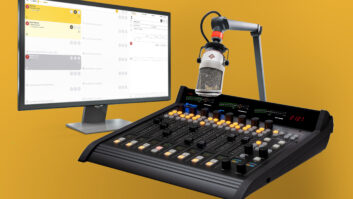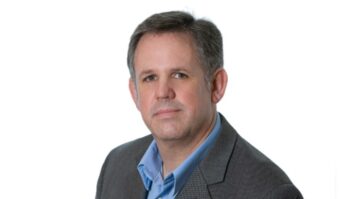AM radio is perhaps the most challenged of broadcast services. Its vitality has been eroding with every passing year.
FCC rules institutionalize a long-standing inequity that has burdened the licensing and compliance requirements of AM directional antenna arrays. The performance bar is held much higher for AM antennas than for other services.
For almost 20 years, we’ve been hearing that help is on the way. In 1989, an enterprising group of competing consulting engineering firms proposed radically relaxing the rules so that laborious and expensive field measurements essentially could be eliminated. Modern computer modeling and the use of calibrated antenna monitoring systems could ensure that AM DA antennas were performing as intended.
Most of the world is doing it this way. Why is it taking so long for the country that invented AM radio to adopt a more modern, efficient way of doing business?
MM Docket 93-177 was introduced in 1993. It undertook a careful evaluation and study period to decide if and how this proposal should be implemented. Virtually every interested party who understood the pure technical nature and clear merits of this proposal supported it — including, we hear, all of the FCC staff engineers who handle AM issues and applications.
Only a few outside objectors surfaced in the comment and reply comment proceeding. Since then, those concerns have been addressed in the proposed rule-making guidelines, suggested by the AM Directional Antenna Performance Verification Coalition. This group, as we’ve reported in the past, consists of an all-star list of consulting and corporate engineers representing most of the major radio owners.
Radio World ran a story under the headline “DA Proposal Could Be Fast-Tracked.” That was in June of 2007. We noted the coalition had begun meeting in fall 2006 to examine directional antenna modeling and follow through on a Further Notice of Proposed Rulemaking the FCC had issued in 2001, when the commission previously overhauled AM antenna proof rules.
Adoption of the proposed rule making had been rumored in advance of the 2008 NAB Show. That didn’t happen. We worry that the proceeding has fallen off the FCC’s radar screen; as we write it has yet to make it to the 8th floor of the Portals for a stamp of approval from the commissioners.
Certainly Kevin Martin’s FCC has had many non-technical and controversial issues bogging it down in recent months. Purely technical issues can be preempted in such an environment. But this one should be easy. It appears void of meaningful opposition.
The matter need not be handled through a vote at a full meeting; it could be issued “on circulation” to the commissioners for acceptance. FCC engineers should agree that MM 93-177’s time has arrived and urge their bosses to vote for adoption. After the obligatory waiting period and publication in the Federal Register, the rule finally would take effect.
This rule will not be applicable to all stations. As proposed, “Only arrays consisting of series-fed elements may have their performance verified by computer modeling and sample system verification.” The computer model of the towers must match measured impedance data within fairly restrictive limits. Sample systems must also meet explicit, strict requirements to allow a system to be eligible. Some arrays with dissimilar towers may also be ineligible, depending upon the sampling situation.
However, many stations with DAs will benefit. There are hundreds waiting to take advantage of the rule in order to eliminate the unnecessary expense of pattern tuning, field proofs and monitor point and partial proof maintenance.
Having to wait almost 20 years for justified relief is unconscionable, especially given other challenges to AM that are more difficult to address. Radio World urges those at the commission who can expedite approval of this change to help push it through as soon as possible.
— Radio World











